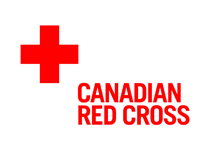Heading out to the backcountry for the day? Most people think of bringing food, water, and an extra layer in their packs. What most people overlook could be the difference between life and death in the backcountry. As an outdoor education teacher, Wilderness First Responder, and Red Cross First Aid and CPR instructor, the game of "What if..." is constantly being played in my mind. So what if you had to stay out overnight? What if someone in your group got injured and had to wait for help. Would you have the gear to make sure you survive? As women, we often don't want any extra weight in our packs so the gear I've included below is the lightest weight on the market. Here's what I carry in my pack:
1) An emergency bivy sac: Basic version: 2 extra-large orange garbage bags and emergency blanket, Better version: Adventure Medical Kits Emergency Bivy bag 3.8oz, Best for winter: Sierra Designs Baffin Bivy bag 17oz. In winter I carry the Sierra Designs version, but in the summer months I can get away with the lighter options.
1) An emergency bivy sac: Basic version: 2 extra-large orange garbage bags and emergency blanket, Better version: Adventure Medical Kits Emergency Bivy bag 3.8oz, Best for winter: Sierra Designs Baffin Bivy bag 17oz. In winter I carry the Sierra Designs version, but in the summer months I can get away with the lighter options.
2) Insulating Pad-Bring some sort of pad layer to insulate you from the cold ground. I bring a rectangular piece of blue foam that fits perfectly in the back of my pack or a full length piece if I am going out for a long tour. I use it to sit on for lunches and have it for emergencies as well.
3) Extra Base Layer, thick toque and mitts, and an extra pair of socks.
4) Down booties-Any brand will do. They are worth their weight in gold.
5) Down Pants-The Mont Bell Ultralight Down Pants 5.1oz are very lightweight. I carry the Western Mountaineering Flash Down Pants 6.5oz
6) Down Jacket- I carry a down jacket with a hood. I carry OR Incandescent Hoody 800+ down thick jacket in the winter (14.4oz), and a light down jacket in the other seasons. The Mountain Hardwear Ghost Whisperer light down jacket is my 'go-to' light jacket at 7.2oz.
7) First Aid kit-Basic items-Triangular bandage, Tensor wrap, Athletic Tape, Pain Meds, etc
8) Survival kit items: Swiss Army Knife with saw, lighter and matches, Tinder-quik fire tabs (tinder), Hot Paws hand/toe warmers, extra food, emergency blanket, water purification tablets, whistle, headlamp, extra batteries for the headlamp and GPS, map and compass (know how to use it!), GPS (ie.Garmin Map 60CSX), cellphone and/or personal locator beacon (PLB)/SPOT.
9) Compressible Drysac to carry it all in! I like the Outdoor Research Ultralight Compression Sacks.
**N.B. if heading into avalanche country, you will also need to carry a beacon, probe and shovel. Please make sure you take an avalanche course to ensure you know how to use this gear!**
A fantastic resource to get you thinking about backcountry survival is the new book entitled "Survive!" by Les Stroud (host of the show Survivorman).
**N.B. if heading into avalanche country, you will also need to carry a beacon, probe and shovel. Please make sure you take an avalanche course to ensure you know how to use this gear!**
A fantastic resource to get you thinking about backcountry survival is the new book entitled "Survive!" by Les Stroud (host of the show Survivorman).
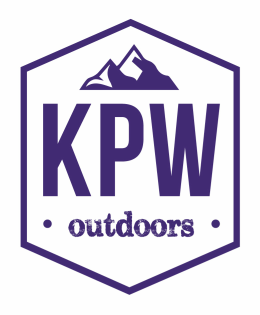

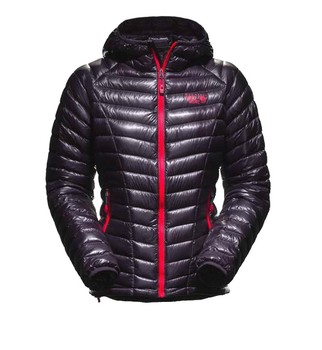
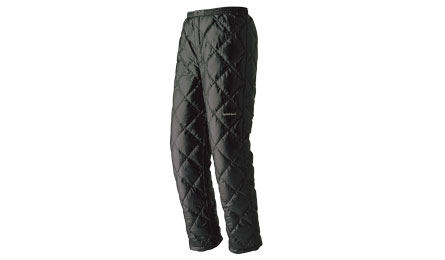
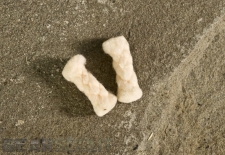
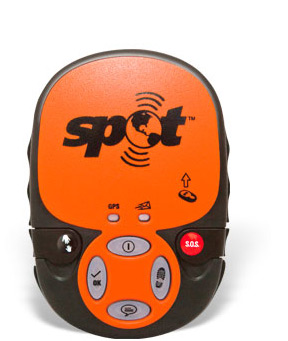

 RSS Feed
RSS Feed


